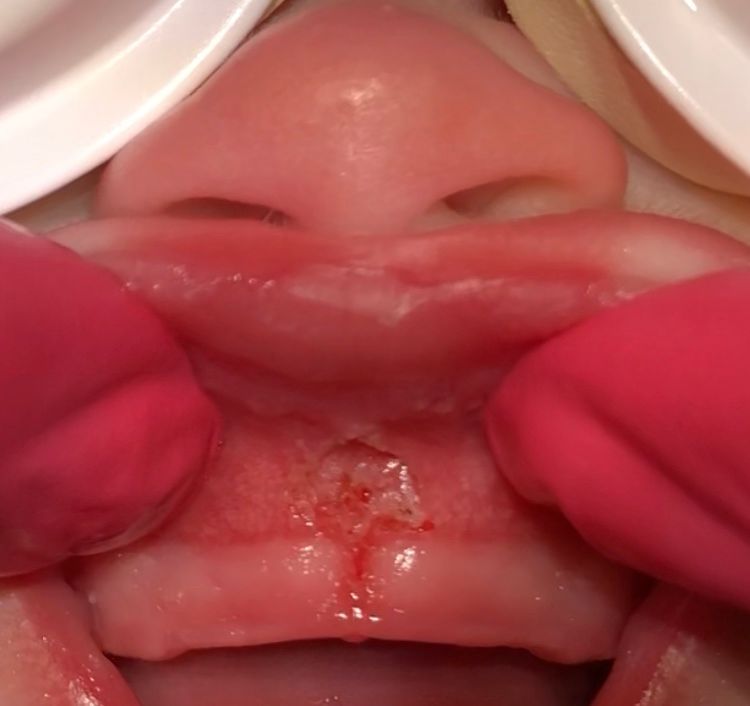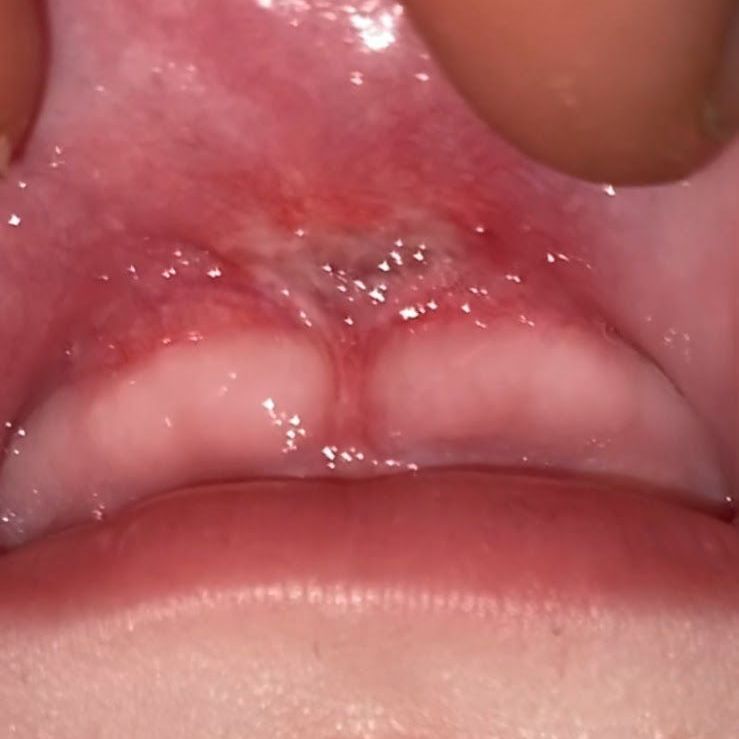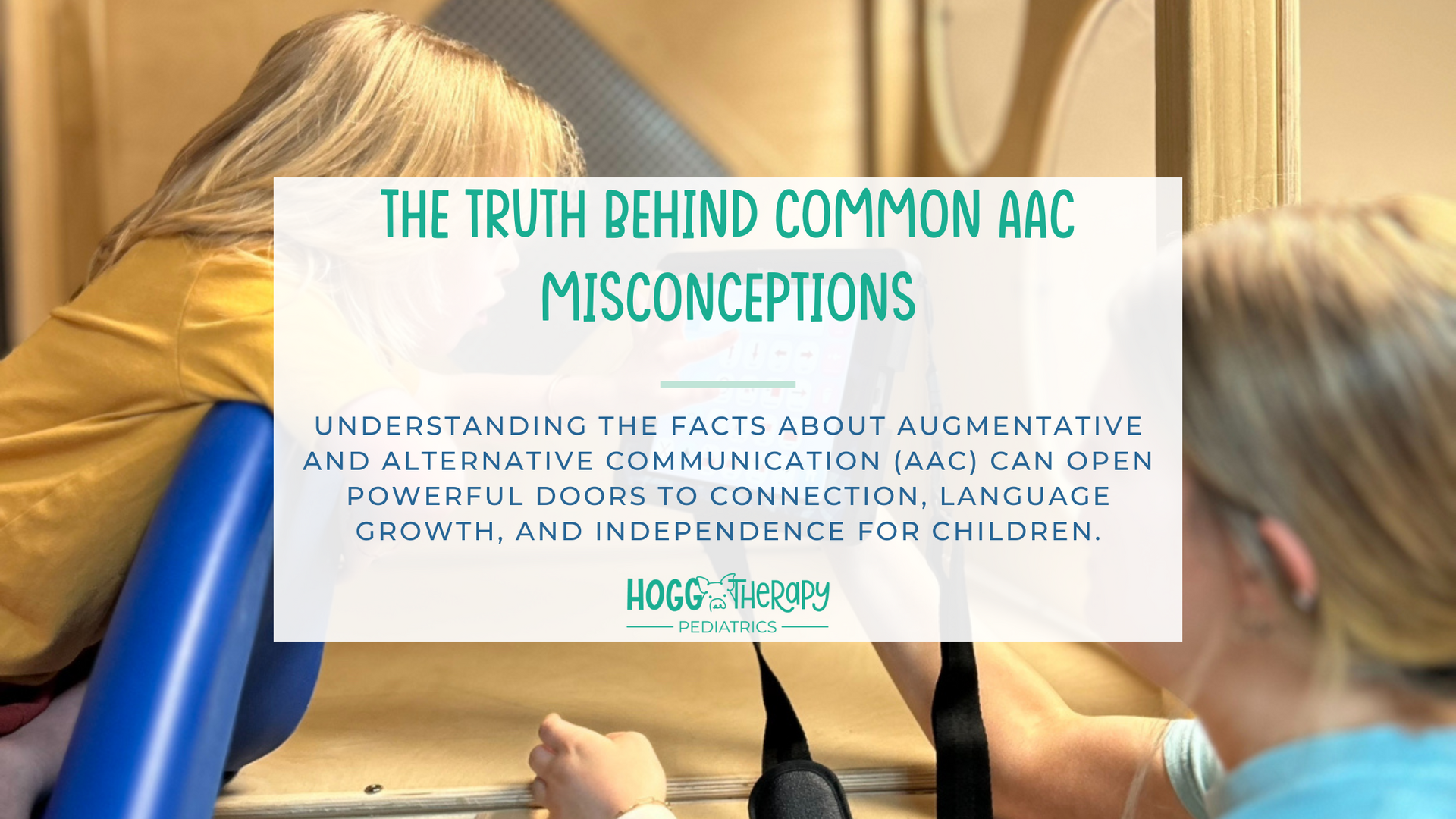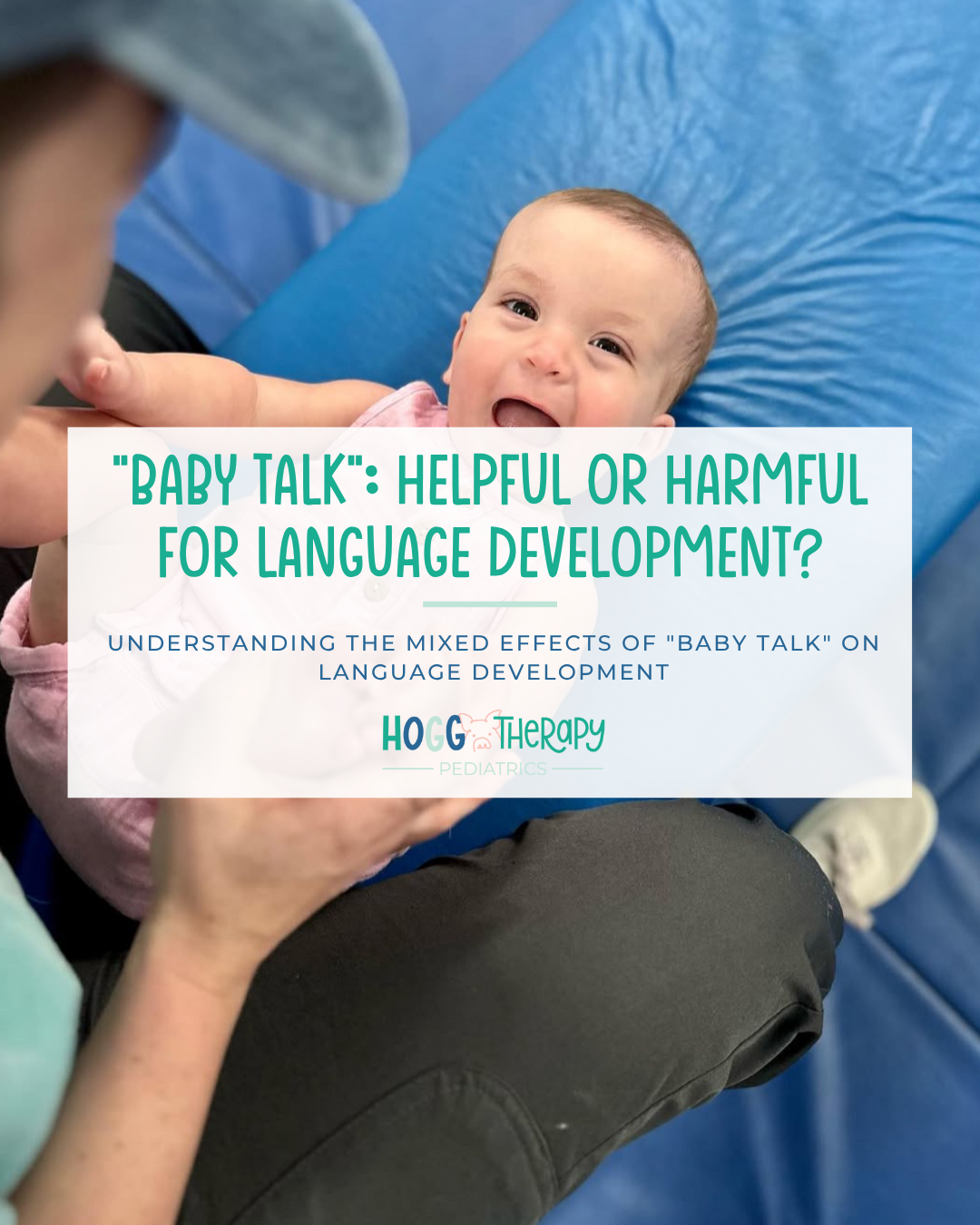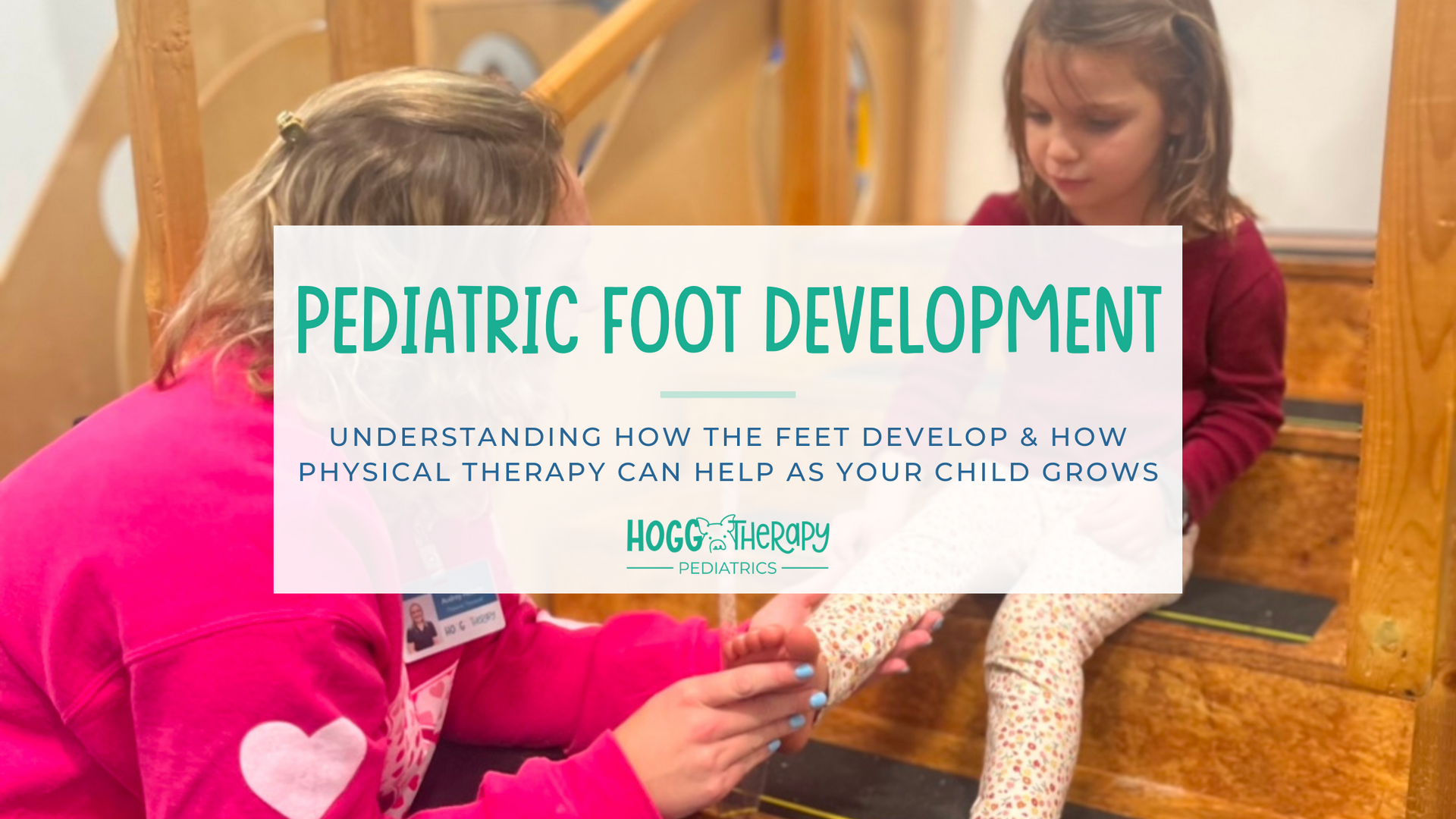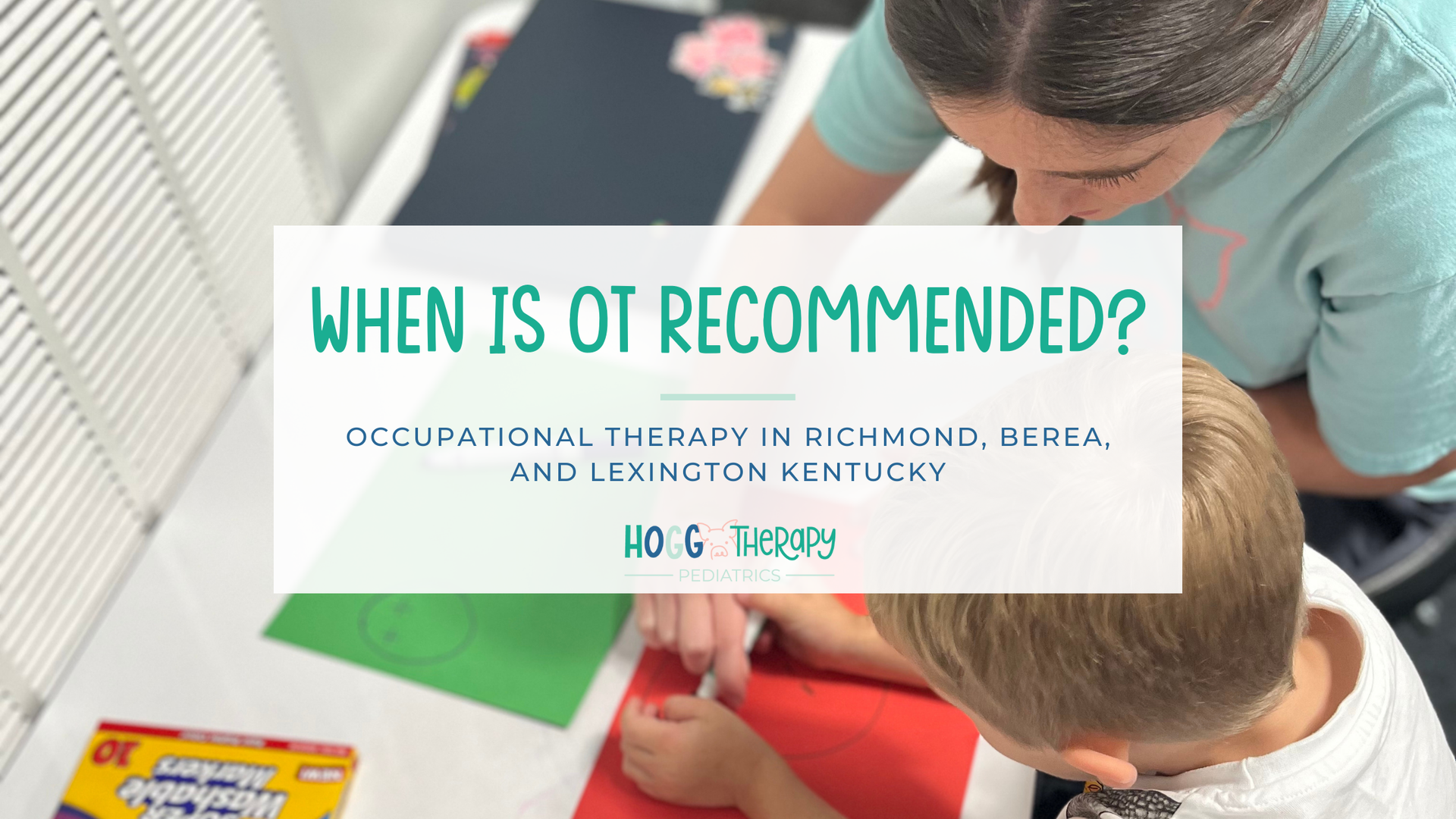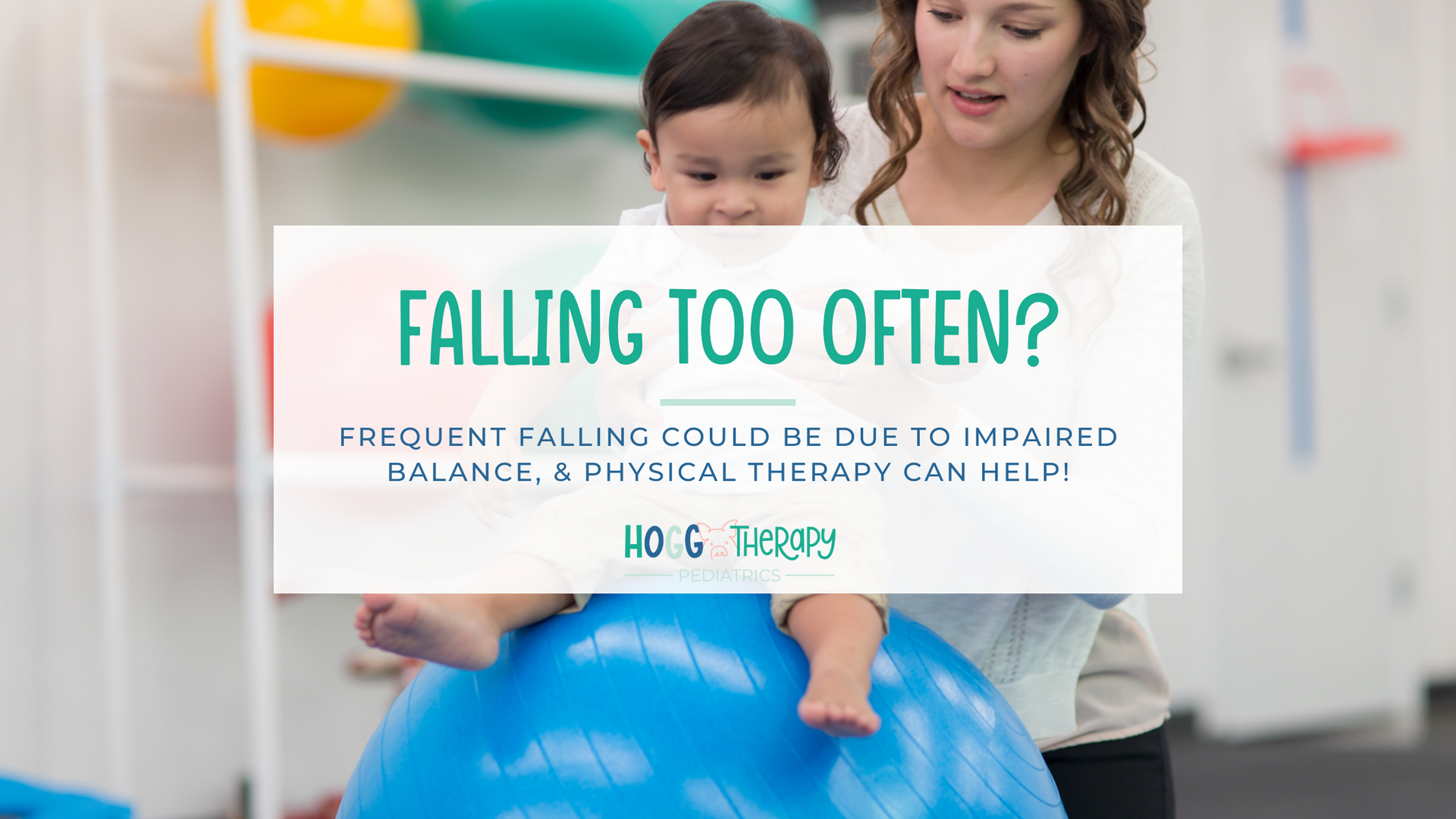The first phase of wound healing is clotting. This helps stop any bleeding, though bleeding is typically minimal due to the heat of the laser.
Tethered Oral Tissue: What to Expect with Release Wound Healing
By: Amanda Dyer
Within our Hogg Feeding Clinic, we join many families on their tethered oral tissue (tongue, lip, and/or cheek tie) journey. A common question we receive is, “What will the wound created by the release process look like?” Here, we are going to give a brief overview of what to expect to see after a laser release with one of our pediatric dentistry partners.
*Please note, each release and child is different, so you may see slightly different results. Always keep in touch with your therapist as the healing process progresses.
Clotting
Inflammation
Granulation
This is when a “scab” will begin to form over the wound, between 1-4 days after the procedure. This scab is typically white or yellow, flexible, and similar in appearance to a canker sore. The yellow color may look worrisome, but don’t fear, that is just what a mouth wound looks like! We have never had any infections of wound sites created by our trusted dentistry partners. Collagen is laid down by the body during this phase to help the wound begin to close.
Remodeling
This is when a new, less tight frenum (where out lip attaches to our gums) begins to form. This typically begins about 1 week after release. The wound often begins to look healed on the surface, though there are many deep changes still occurring. This phase can last weeks to months, despite not being visible as the body heals. Because this phase can last a while, continuing wound care “stretches” and/or massage prescribed by your therapist is very important. In the picture above, you can see both granulation (the white tissue) with mild inflammation (redness around the wound site).
Contraction
During contraction, the edges of the wound move together. Wound care stretches help to prevent this from happening too quickly and becoming tight again.
Red Flags to Contact Your Release Provider, then therapist:
-Significant bleeding that does not stop
-Fever
-Loose pieces of tissue around release site
-Refusal to eat
If you have any questions about feeding or would like more information on TOTs, please contact us at 859-353-3666!



